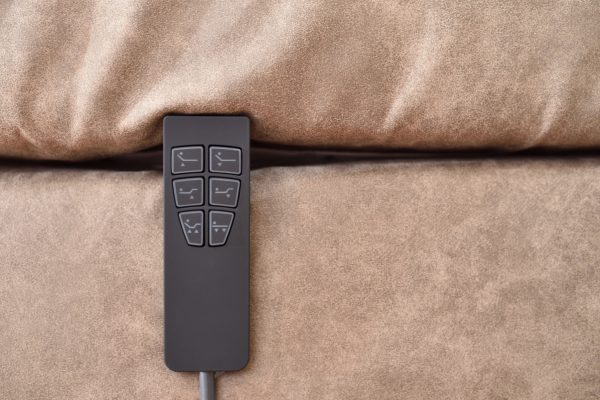Night lights help many people get a good night's sleep. However, some have trouble choosing the right color. There are various options to consider. So, it raises the question: which one is the best? If that's your concern, let's go over the details.
If sleep is your priority, amber and red are the best colors for a night light. Both colors have little to no effect on your circadian rhythm. Therefore, you won't have trouble sleeping under these colors. Another good option is orange.
Now that we know the best colors for night lights, what about the others? Colors are a subjective topic. It triggers a different response from person to person. If you'd like to explore the issue, keep reading.
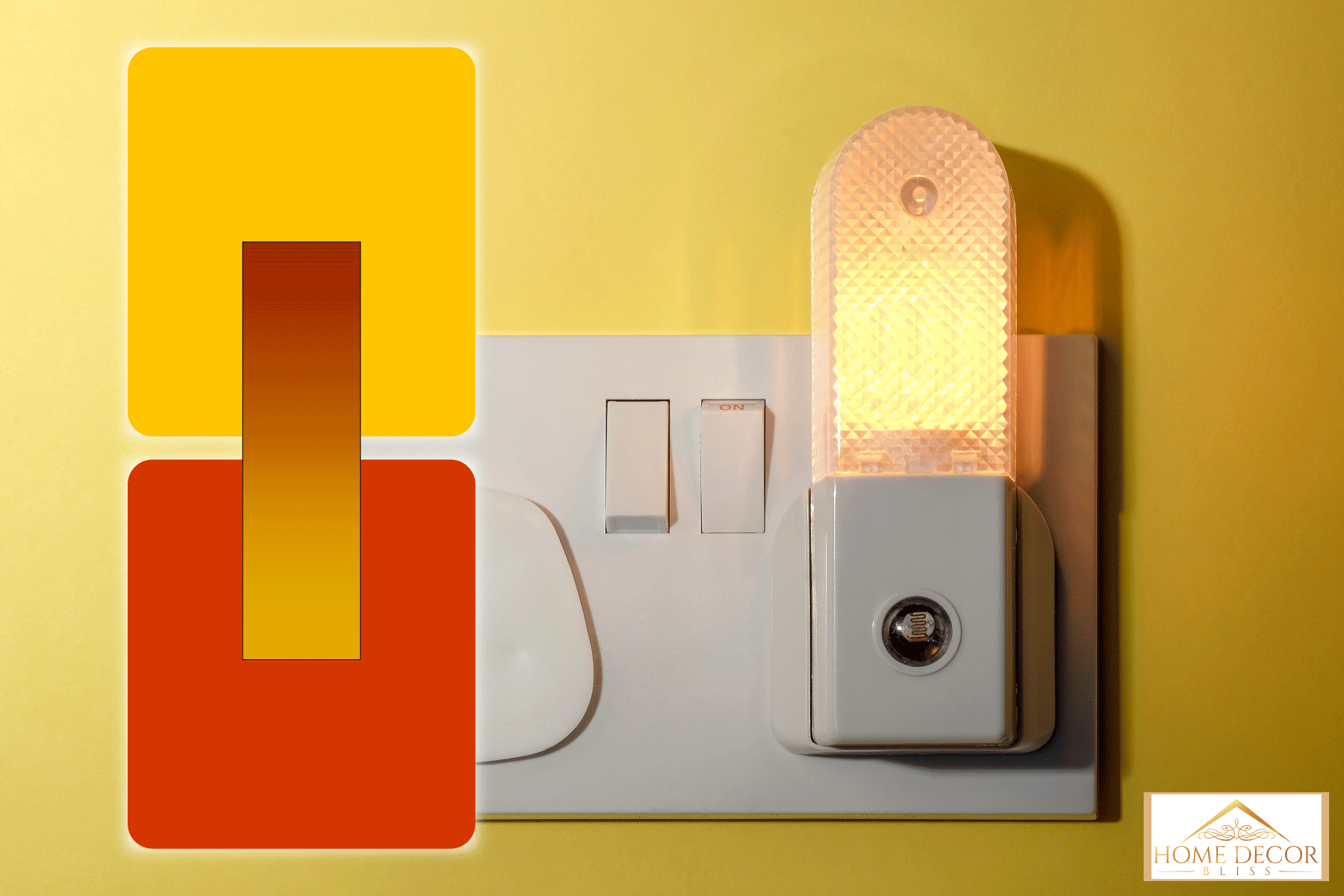
The Best Colors For A Night Light
At this point, you might be thinking, why are amber, red, and orange the best colors for a night light? The answer lies in a term professionals call circadian rhythm. According to the CDC, red, yellow, and orange light have little to no effect on it.
But, what is a circadian rhythm? It's a term to describe the behavioral, physical, and mental changes that follow a 24-hour cycle. Light has an impact on these processes. It affects all living things.
If you're familiar with plant growth, you'd know that red- and blue-colored LEDs are the best colors to promote it. It's a similar situation with us. As they've found out, bright colors like blue make it difficult for you to fall asleep.
Melatonin Production
It raises the question: how do bright colors affect our sleep? According to a study, it suppresses melatonin. If you didn't know, our body produces melatonin naturally. As the levels rise, it puts you in a state that promotes sleep.
However, the study also found that it affects children more than adults. So, if they were using a blue night light, it could've caused their sleep problems. Though, brightly-adjusted colors, in general, affect children's circadian rhythm.
How To Promote Better Sleep
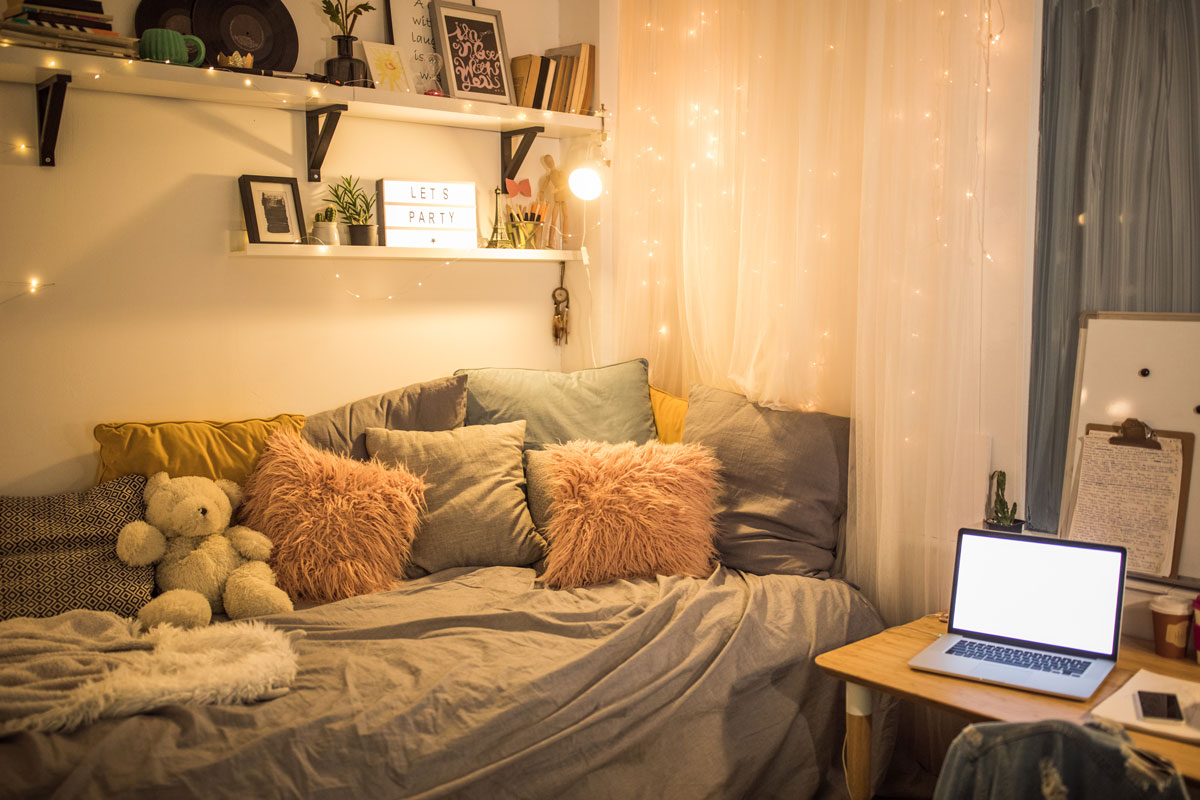
We may include affiliate links and curated AI content to highlight top design styles.
Now we know that colors like blue hinder melatonin production. So, it makes us wonder, is there a color that promotes it? Unfortunately, this area needs more research.
Though, with the limited studies, colors like red seem to promote melatonin production. It improved sleep quality and melatonin levels in mice and a few human participants.
Colors close to red on the light spectrum also promote the same elements. So, amber falls into that category.
Choosing The Correct Light Bulbs
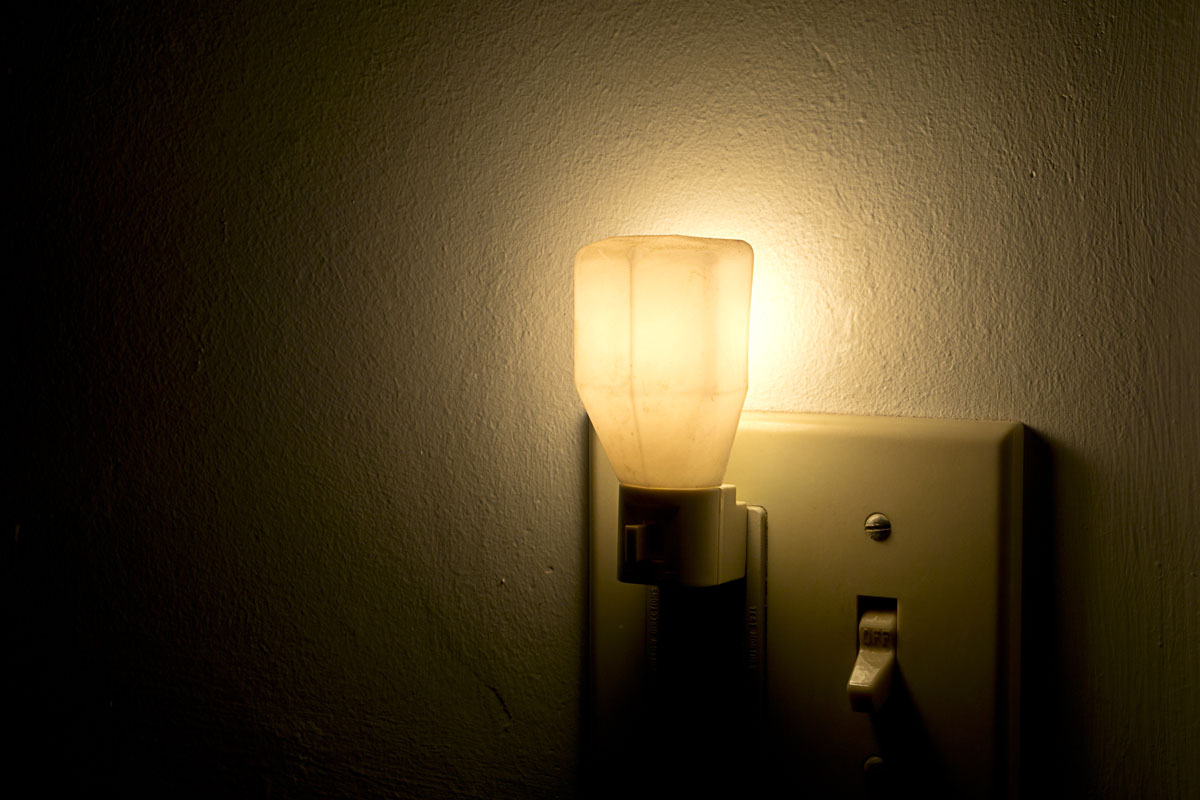
All in all, colors close to red on the light spectrum seem easier on the eyes. As a result, it won't mess with your sleep. It's also worth noting that you should get a bulb that emits red light wavelengths.
In other words, don't use a simple red-tinted light bulb. Tinted bulbs don't affect your sleep. It emits all wavelengths on the light spectrum.
Incandescent, fluorescent, and halogen lights can't perform red light therapy. The red color they emit is translucent paint or film coating on the glass.
LEDs are capable of this type of treatment. However, that doesn't mean all LEDs are capable. So, a simple purchase from Amazon might not work. You can guarantee it will work if you purchase it from a trusted red light therapy manufacturer.
Though, going through this option can be expensive. It's up to you to determine if it's worth the cost. You have to remember that there's limited research in this area. If anything, it might be better to choose a color of your preference.
What About Personal Preference?
Of course, since there's limited research, you might be hesitant to go with red or anything close to red. After all, we associate some of these colors with past experiences. Generally, red doesn't always have a good reputation.
It might be a trigger to something that has happened to you in the past. So, it might prevent you from sleeping. Are you doomed to have non-optimal night lights?
Fortunately, personal preference comes into play. Another study has shown this to be the case. Participants who were exposed to their preferred colors fell asleep quickly.
Therefore, you're not limited to red or colors close to it in the light spectrum. If you disagree with the answer, you'll probably see better results with your preferred color.
How Bad Are The Effects Of Blue Light?
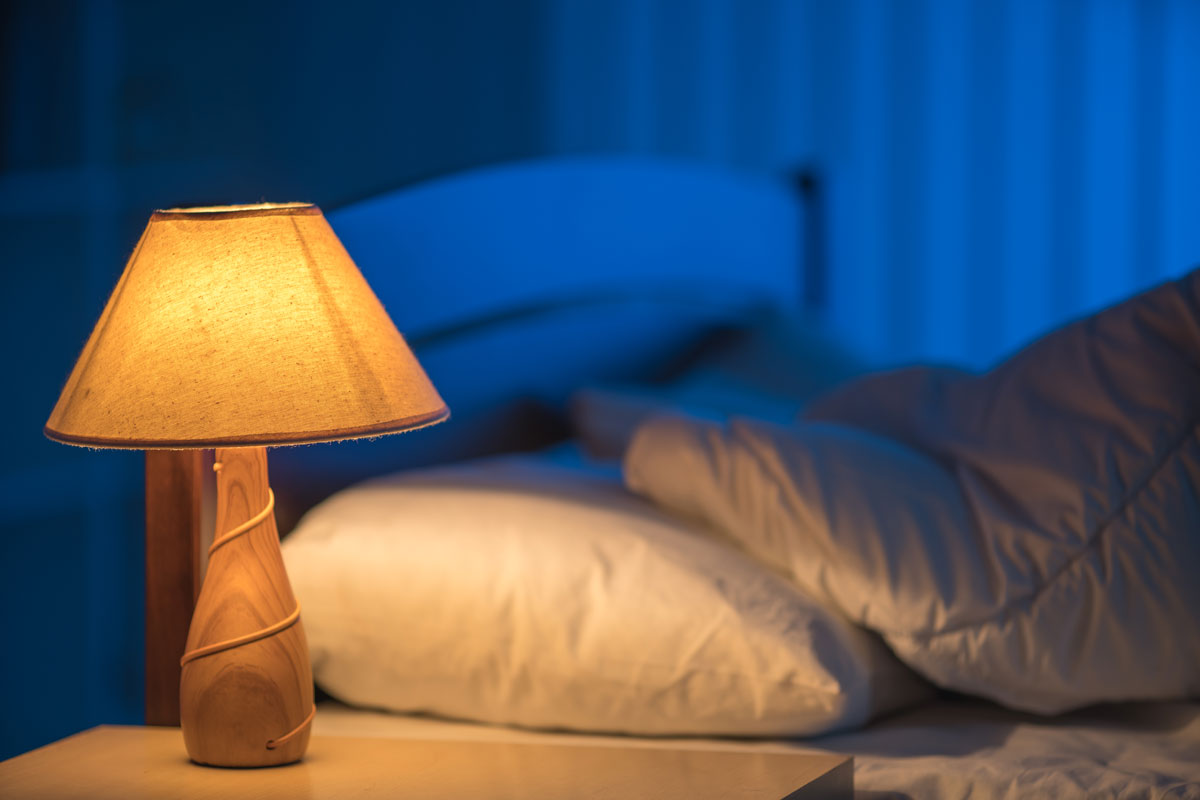
What if blue is your favorite color? It would bum anyone out if they found that it inhibits their sleep. So, it raises concerns. How bad are the effects of blue light?
After all, you can probably find people who are still able to sleep under a blue night light. So, what gives? It seems more of a concern for people who already have trouble sleeping.
A blue light will make it harder for anyone to sleep. If a person is already tired, it won't make a difference. However, if you have trouble sleeping, the chances of closing your eyes increase once you eliminate the blue light.
If blue light had a significant effect, you could never sleep during the daytime. So, you could narrow down your decision. Those with trouble sleeping should try out a red or amber night light. These colors simulate a sunset, which our minds perceive as sleep time.
Others who can sleep regardless of the night light color can choose blue.
Which Color Is The Most Relaxing?
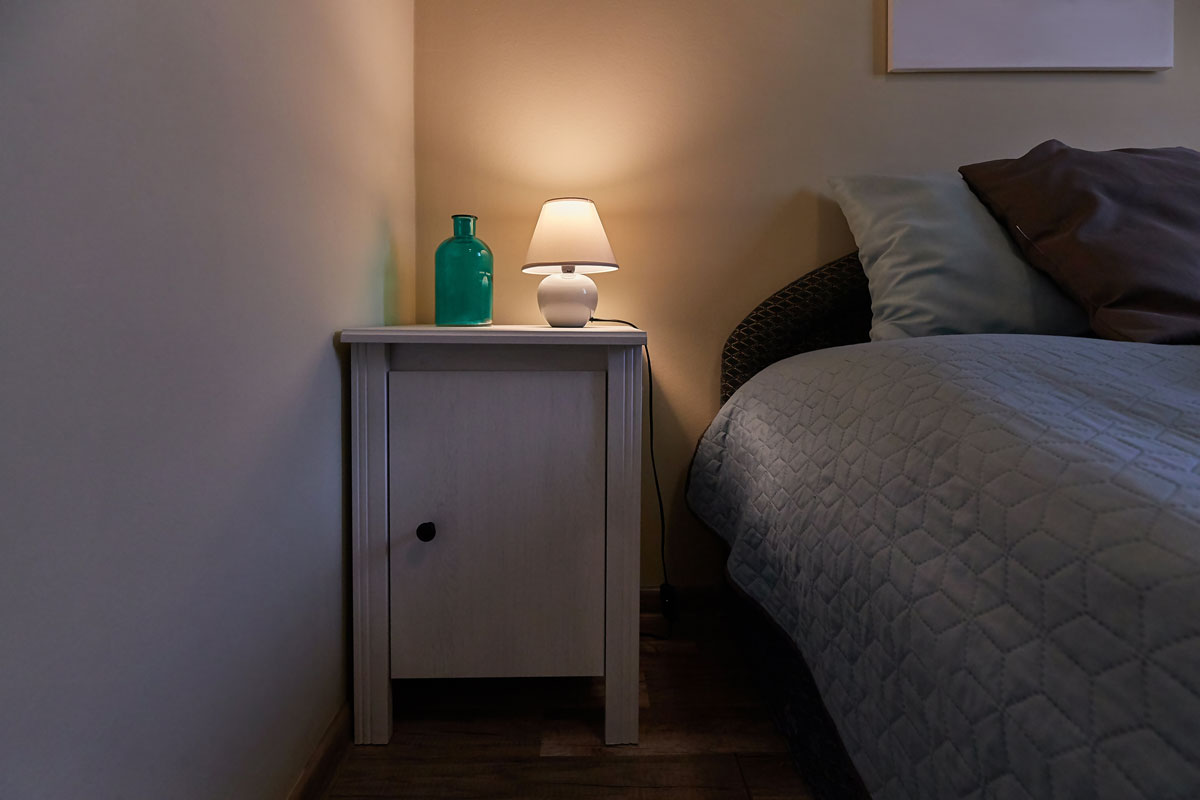
Maybe you're one of the few people who can sleep under color of personal preference. However, you're having trouble choosing a color to stick with. Accordingly, it makes us wonder: which color would be the most relaxing?
After all, sleeping becomes much easier when we're in a relaxed state. The most relaxing colors depend on the person. There are various colors. The values people attach to them also vary. So, the most relaxing color won't be the same for everyone.
The Six Popular Choices
In any case, the six colors people seem to enjoy are green, blue, purple, beige, pink, and gray. They each come in different shades. Mint, blue-greens, and sage greens promote a sense of peace.
People typically describe light shades of blue as soothing. Purple is one of the more popular choices. Most are familiar with the sense of relaxation lavender creates.
Beige is a wild card. It tends to lean on the neutral side. Thus, it makes it perfect for a night light. The reason is that it tends to be more welcoming than discomforting.
Pink is another relaxing color tone. You could associate it with warmth, positivity, and comfort. Thus, it makes a good choice for a night light.
Most would describe gray as a boring color. It's not the most exciting choice. But, it doesn't have any negative meanings attached to it. Still, gray would be a color that is hard to come by for night lights.
Do Night Lights Help With Sleep?
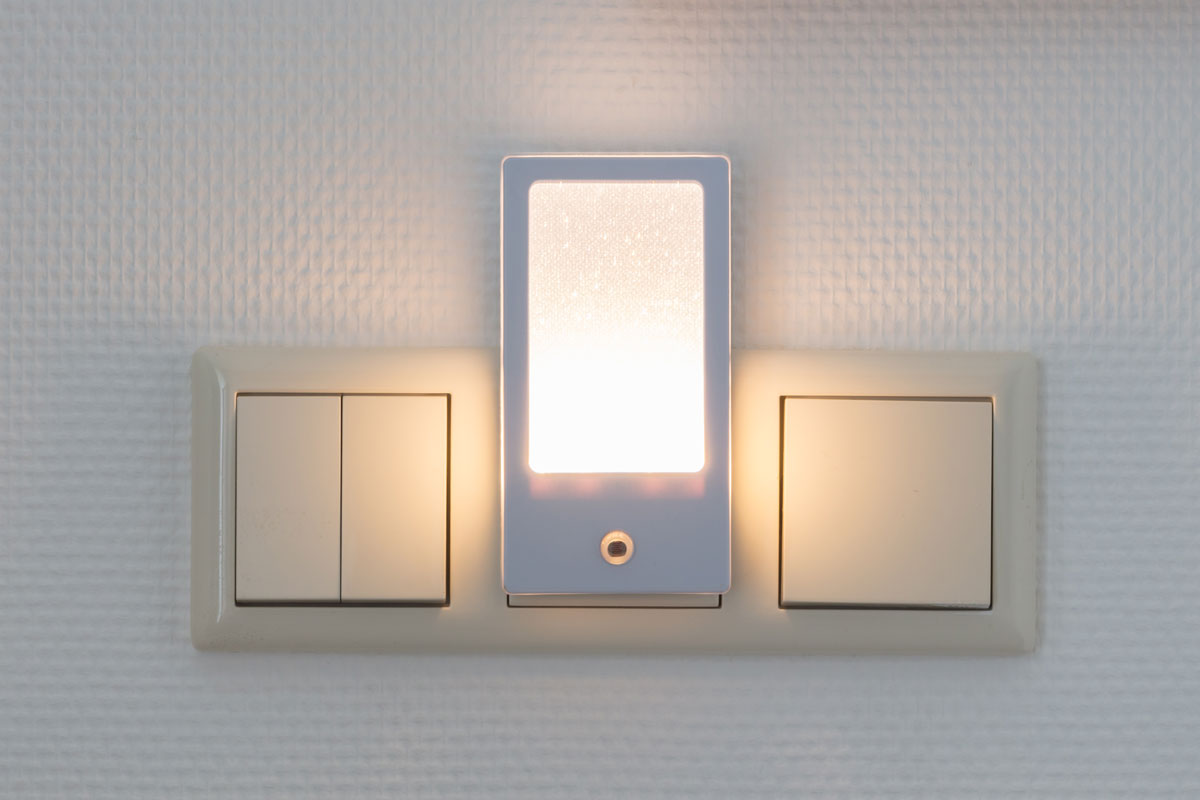
Sometimes we have to question if the things we do affect us. So, do night lights help with sleep? The effects of night lights are questionable. Some people can sleep better with one.
Others find it to be disruptive. They need pitch-black darkness to sleep. As far as studies go, you can find some that support night lights and others that don't.
One study found that night lights can disrupt melatonin production in children. It has less of an effect on adults. So, at that point, it's up to personal preference. If you're getting a night light for a child, lumens will be more important than watts in a night light. Lumens measure a bulb's brightness.
Generally, you'll want to use night lights with less light intensity. This way, it doesn't contribute to behavioral sleeping problems.
Final Takeaway
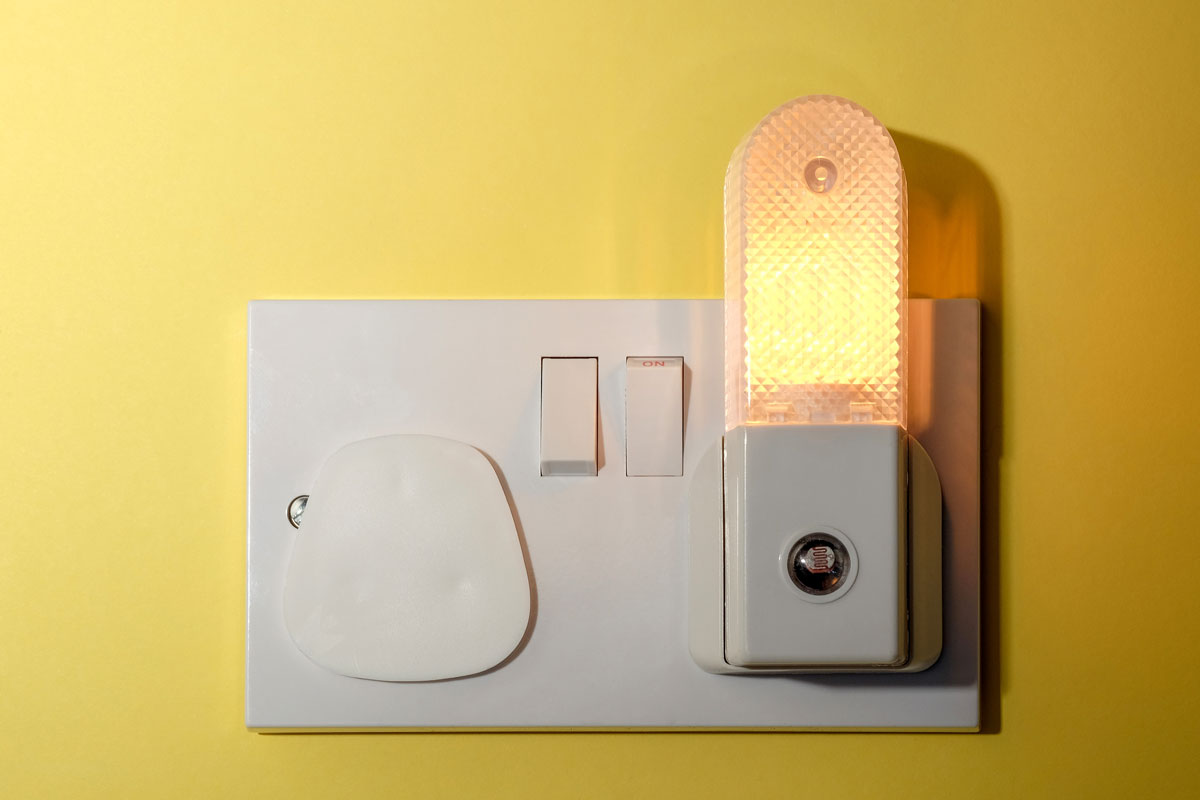
Did the best color for a night light surprise you? There's a bit of science that goes behind the reasoning. Though, it's up to you to determine how effective it is. Some people can sleep regardless of the light color. We hope you found the information above helpful!
Before you go, be sure to take a look at these guides:



